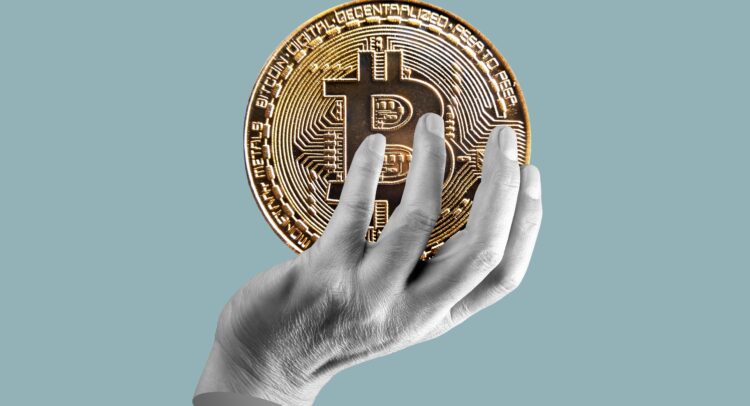Bitcoin Hits New Heights as Federal Reserve Cuts Rates – Here’s What You Need to Know
On December 18, 2024, something big happened in the financial world: the U.S. Federal Reserve decided to cut interest rates by 25 basis points, bringing the federal funds rate down to a range of 4.25% to 4.50%. This decision sent ripples through the markets, with Bitcoin’s price climbing higher almost immediately. But why is this so important for you, especially if you’re into crypto or just starting to learn about it?
Why Did the Fed Cut Rates?
To understand the importance of this move, let’s break it down. The Federal Reserve (the U.S. central bank) sets the interest rate that influences the cost of borrowing money. By cutting this rate, they’re making it cheaper for businesses and consumers to borrow, spend, and invest money. The goal? Boosting economic growth, especially when inflation (the rate at which prices rise) is still somewhat high, even though it’s slowly improving.
Here’s the kicker: the Fed is also saying that they’ll be careful in making further cuts. They’ll keep an eye on things like inflation, job market conditions, and international events. This tells you that the Fed is trying to keep the economy stable while also being flexible.
Bitcoin’s Price Reacts – Here’s Why
When the Fed cuts rates, it’s often seen as a sign that they want to encourage investment and spending. In the world of Bitcoin, this can be a big deal. Lower interest rates usually push investors to look for alternatives to traditional assets like stocks and bonds—because those investments are now less attractive due to lower returns. That’s where Bitcoin comes in.
Bitcoin has been seeing a rise in its price recently, and many traders believe this rate cut is part of the reason. The market reacted quickly, with Bitcoin’s price jumping to over $105,000, just shy of its all-time high. The reason for this is simple: when traditional markets feel uncertain, people often flock to Bitcoin, seeing it as a hedge against inflation and economic instability.
What’s Driving Institutional Interest?
Here’s another important point to remember: institutions (big companies and investors) are also getting more involved in Bitcoin. The CME Bitcoin futures market (a place where Bitcoin can be traded in the form of contracts instead of actual coins) saw a huge surge in activity. This shows that big players are increasingly confident in Bitcoin as a serious asset.
Also, a key regulatory change came into play: the U.S. Financial Accounting Standards Board (FASB) recently adopted a rule that lets companies include Bitcoin’s fair value directly in their profits. This makes it easier for big corporations to hold Bitcoin as part of their financial strategies. It’s another sign that Bitcoin is becoming more accepted in the mainstream financial world.
What Does This Mean for You?
The recent Fed move is just the tip of the iceberg. The combination of lower rates, increased institutional interest, and positive regulatory changes is creating a perfect storm for Bitcoin. As a young person interested in cryptocurrency, this is a golden opportunity to keep learning about how traditional finance impacts digital currencies.
Key Takeaways:
- Fed Rate Cut: The Fed’s decision to lower interest rates makes borrowing cheaper, and in turn, Bitcoin becomes more attractive as an investment.
- Bitcoin’s Price Surge: Bitcoin is seeing a boost in price due to institutional interest and lower interest rates.
- Institutional Involvement: Big institutions are getting more involved in Bitcoin, seeing it as a safe and profitable asset.
- Regulatory Changes: New rules making it easier for companies to hold Bitcoin are another reason for this surge.
Understanding these concepts is crucial if you want to stay ahead in the crypto world. As the financial landscape shifts, Bitcoin and other digital assets are becoming more integrated into the global economy. This knowledge not only helps you stay informed but also gives you an edge in understanding the broader trends that could impact the value of cryptocurrencies in the future.


